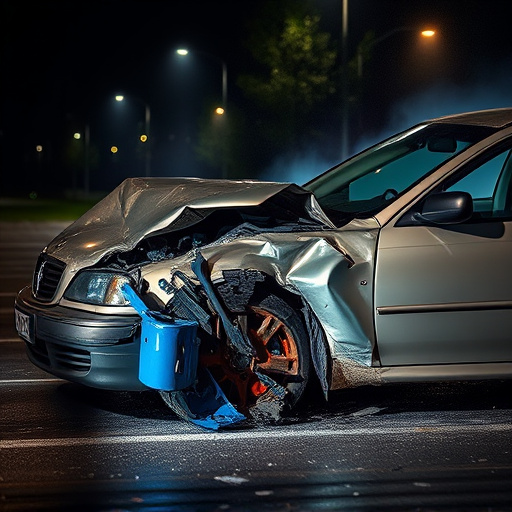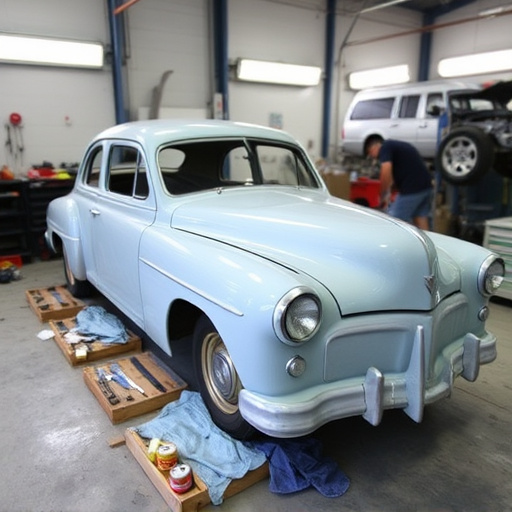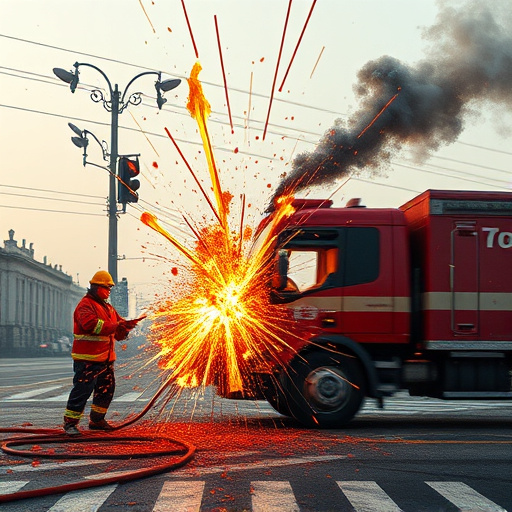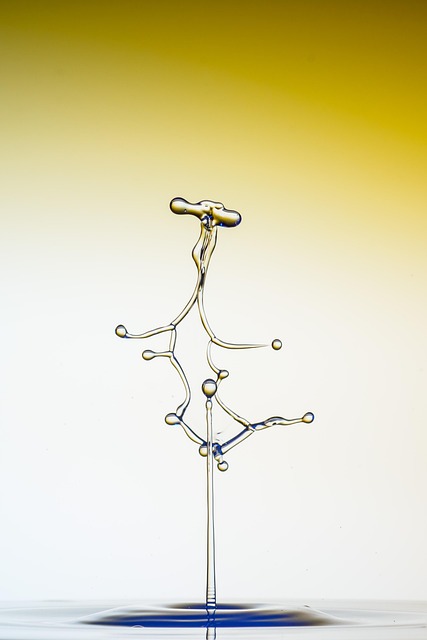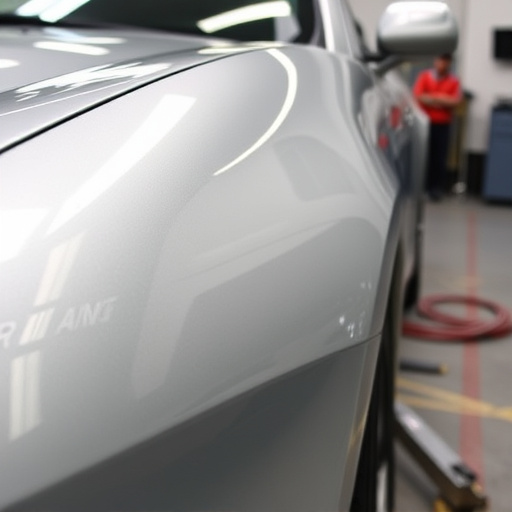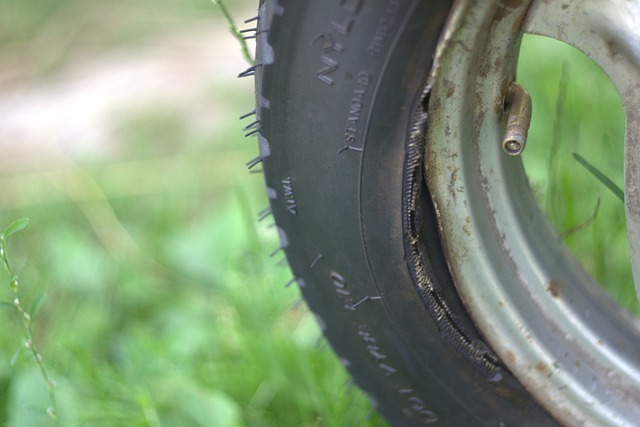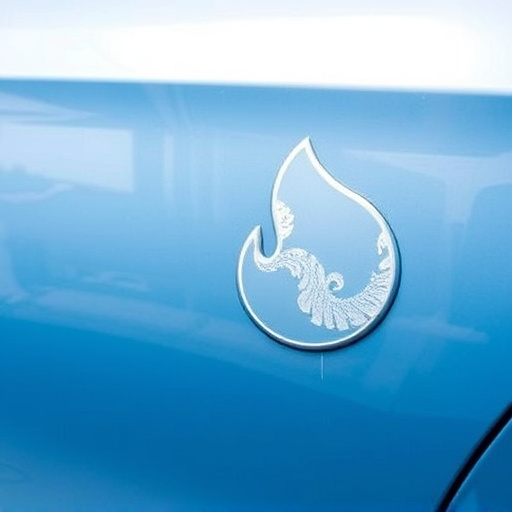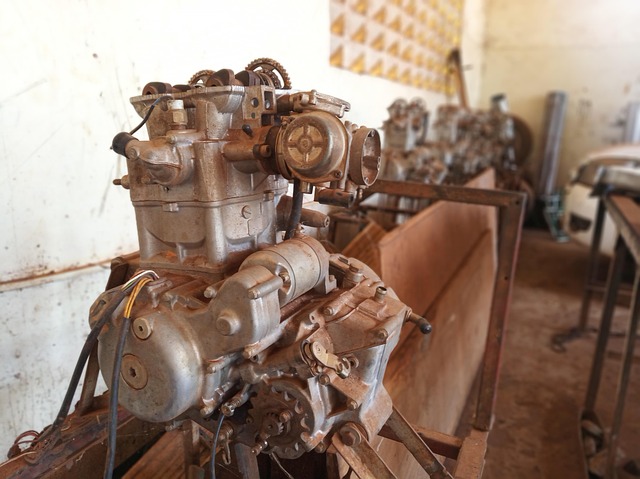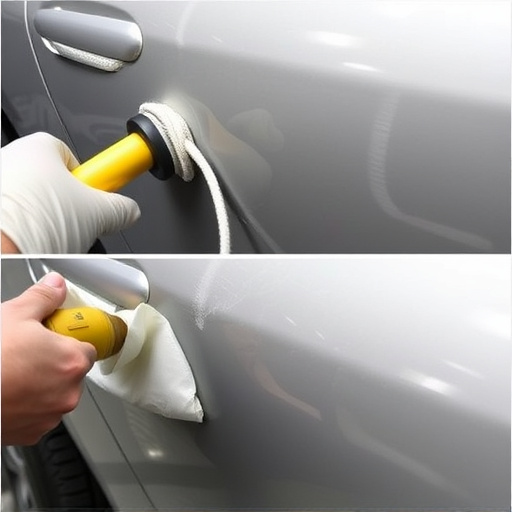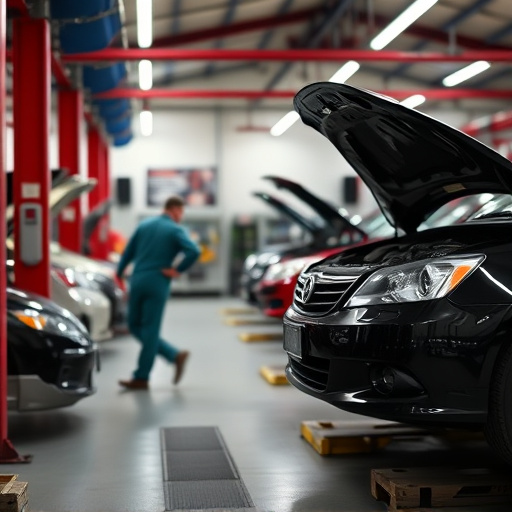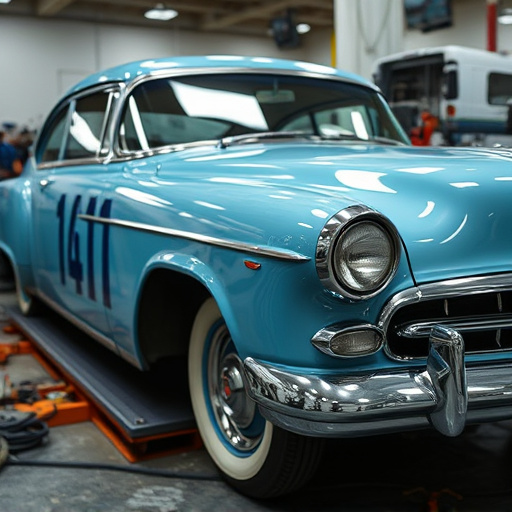Highway collision centers play a vital role in managing major accidents by swiftly assessing damage, coordinating resources, and clearing roads. They ensure efficient handling of repairs, from auto glass to body work, using advanced technology and skilled technicians. For luxury brands like Mercedes-Benz, specialized knowledge and genuine parts maintain quality and safety standards, prioritizing customer satisfaction.
In the event of major accidents, swift and efficient response from highway collision centers is crucial. These facilities are equipped to handle complex scenarios, coordinating rescue efforts and ensuring safety for all involved. The initial assessment of damages sets the stage for subsequent processes, including repair and rehabilitation. Understanding how these centers navigate through each step—from assessing injuries and securing the scene to orchestrating repairs—is essential in mitigating chaos and facilitating recovery.
- Assessing Damages: The Initial Response
- Coordination and Safety Measures
- Repair and Rehabilitation Process
Assessing Damages: The Initial Response
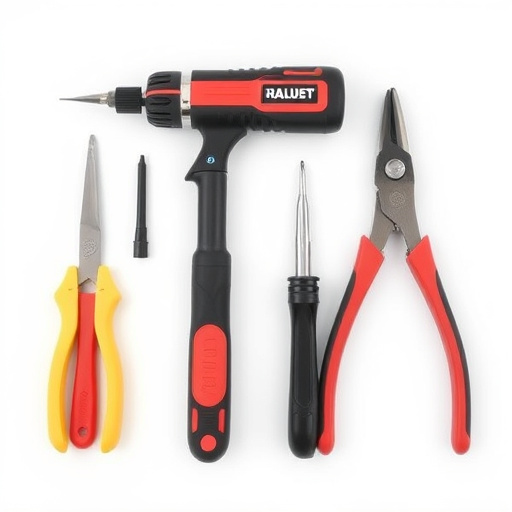
When a major accident occurs on a highway, the first response from a highway collision center is critical to ensuring safety and efficient handling. Skilled technicians quickly assess the damages across all vehicles involved. This initial evaluation includes checking for structural integrity, identifying any life-threatening hazards, and assessing the extent of damage to various components like auto glass repair needs, vehicle body shop repairs, and even scratch repairs.
The highway collision center’s team must act swiftly to clear the road, protect evidence, and coordinate with emergency services. This meticulous initial response lays the groundwork for effective management of the incident, facilitating a smoother process for everyone involved, from insurance claims to vehicle recovery.
Coordination and Safety Measures
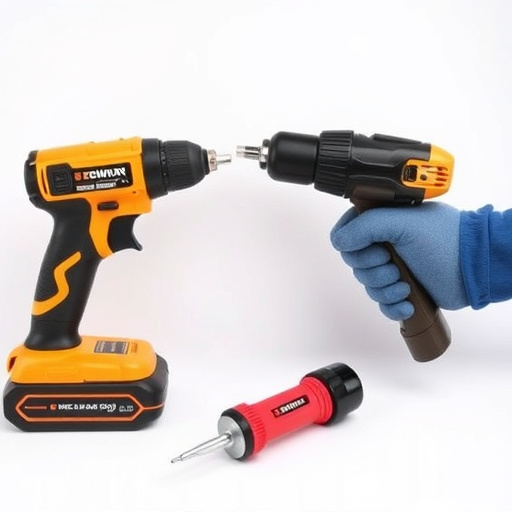
When a major accident occurs on a highway, immediate coordination and safety measures become paramount. Highway collision centers play a pivotal role in this process by swiftly mobilizing their resources to manage the incident effectively. They ensure that all parties involved are attended to promptly, minimizing potential risks and maximizing safety for everyone on the road.
These centers coordinate with emergency services, police, and medical personnel to facilitate efficient response. Simultaneously, they activate their specialized teams, including trained technicians from auto body shops and fleet repair services, to assess the damage and commence repairs. This seamless coordination ensures that accidents are not only contained but also resolved in a timely manner, restoring order to the highway and facilitating the return to normal traffic flow.
Repair and Rehabilitation Process
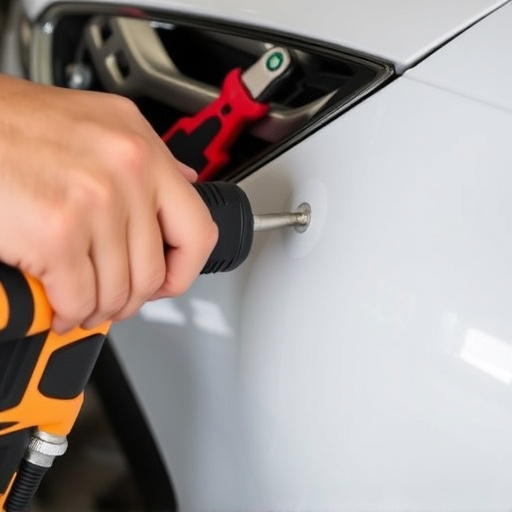
After a major accident, the repair and rehabilitation process at a highway collision center is a complex yet crucial step in returning vehicles to their pre-collision condition. These centers are equipped with state-of-the-art facilities and highly trained technicians who specialize in handling various makes and models, including luxury brands like Mercedes-Benz. The process begins with a thorough assessment of the damage, which involves advanced diagnostic tools to identify any hidden or internal issues that require attention.
Once the extent of the repair is determined, skilled mechanics employ a meticulous approach to fix structural damage, replace parts, and perform crucial auto maintenance tasks. This may include body panel replacement, frame straightening, and ensuring proper alignment. For example, in the case of Mercedes-Benz repair, technicians have access to specialized knowledge and original equipment parts to maintain the vehicle’s quality and performance standards. The goal is not just to fix the car but to restore it to its optimal state, prioritizing safety and customer satisfaction throughout the entire rehabilitation process.
Highway collision centers are well-equipped to handle major accidents, thanks to their specialized personnel, advanced equipment, and coordinated response strategies. From assessing damages and ensuring safety to facilitating repairs and rehabilitation, these facilities play a crucial role in managing complex crash sites effectively. As such, understanding the repair and rehabilitation process is essential for everyone, as it underscores the dedicated efforts that go into restoring order after major accidents on our highways.
